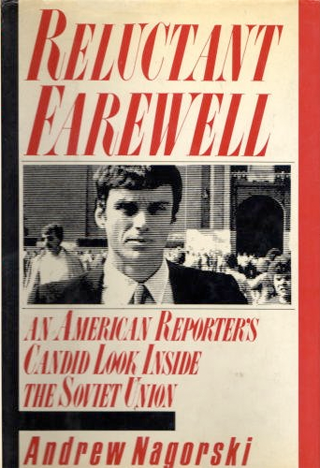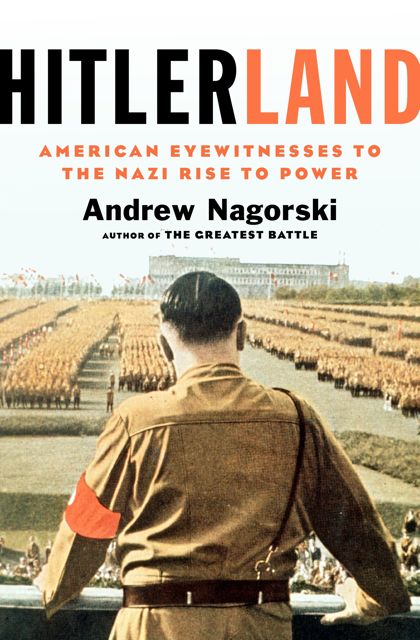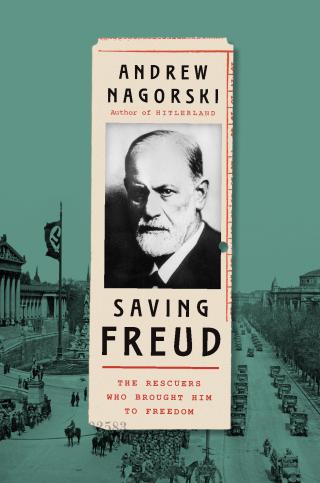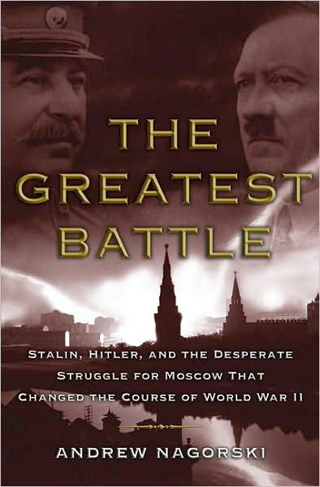How did American newspaper and radio correspondents and other travelers see Germany as the Nazi movement struggled to obtain power before 1933, and how did they see and report on it from Hitler’s becoming chancellor until Germany went to war with the United States? Readers will find here a carefully researched response to this question. The author reviewed not only the published reports of the time and the published diaries and memoirs of numerous correspondents, diplomats and travelers, but hunted up letters and other material in archival collections. This fairly comprehensive review of the way Americans in Germany saw events and those at home received reports makes fascinating reading. This is especially the case because in those far-off days American journalists stationed abroad actually knew or strove to learn something about the countries they were covering and in some cases learned the language.
A helpful feature of this book is that Nagorski not only recounts the impressions of such individuals who spent substantial time in Germany such as Edgar Mowrer and William Shirer but also covers short visits by figures like Charles Lindbergh and Herbert Hoover.
Already in the earliest years of Hitler’s political career, some Americans were noticing him and reported on his campaign in Munich during the early 1920s. The American military representative Truman Smith met Hitler and was clearly most favorably impressed, while others certainly did not share that view. Readers can follow here how some Americans saw Hitler’s coup attempt of November 1923, the dramatic rise of the Nazi Party in the years 1929-1933, and the early steps of the regime Hitler installed. Reports on events like the purge of June 30, 1934, the 1936 Berlin Olympics and the annual rallies of the Nazi Party in Nuremberg provide insight into how informed the American public was at the time. The annexation of Austria and the crisis over Czechoslovakia in 1938, followed by Hitler’s determination not to succumb to a peaceful solution in 1939 (as he felt he had mistakenly done in 1938), brought extensive reporting from Germany and greater attention in America. The early war years enabled Americans still in Germany to report on the German invasions of neutrals, the horrors in the treatment of Jews, the program of killing the handicapped and the impact of the rising casualties incurred in the invasion of the Soviet Union. A tiny number of Americans went on to serve the Nazi regime, but most, having done what they could to inform the American public about the dangers facing them, were first badly treated, then interned and finally shipped home. It is a story worth reading in the face of a large literature that deals with Americans in the France of those years.








